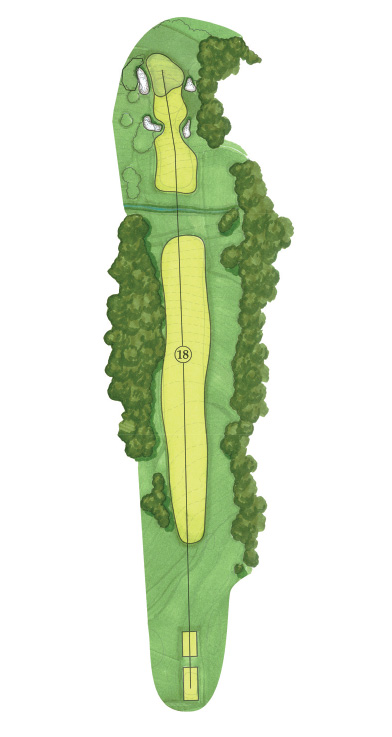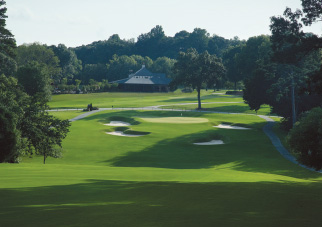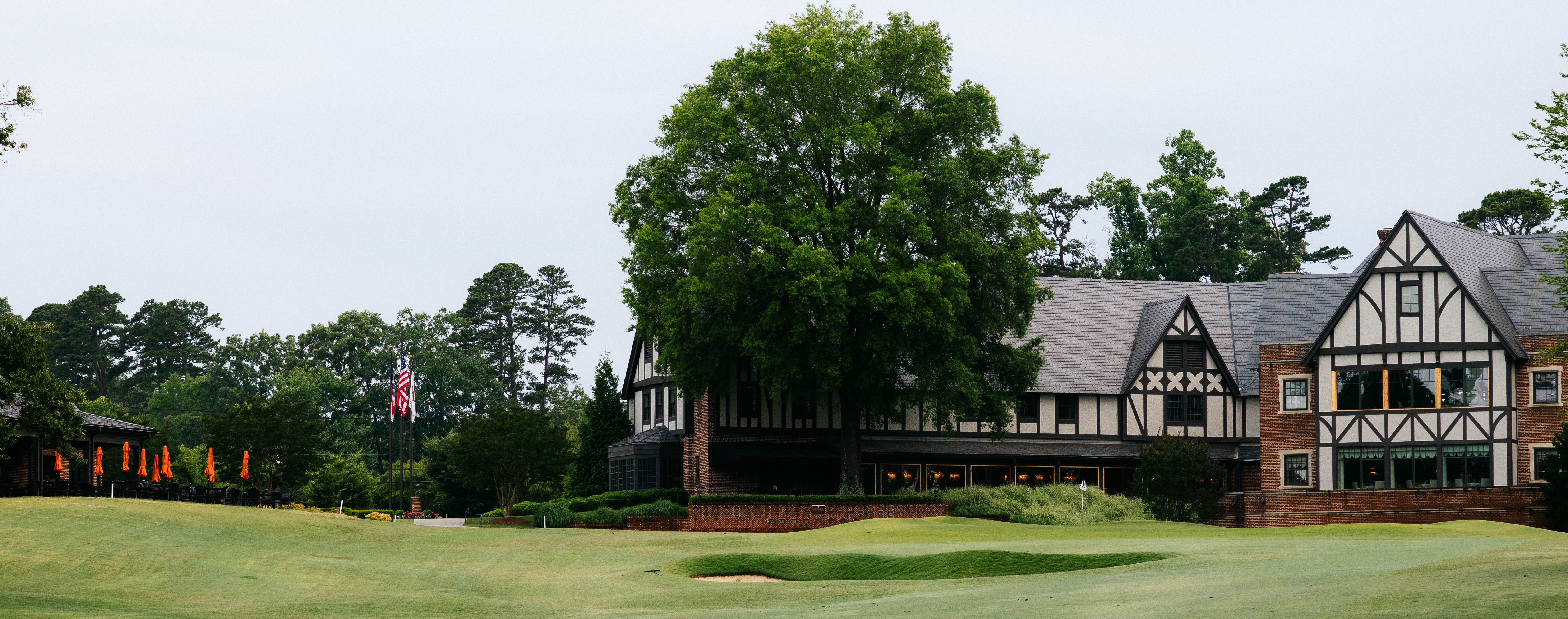The Wyndham Championship was founded in 1938 as the Greater Greensboro Open, and Sedgefield Country Club, the tournament’s current home, was one of the original host courses. In its early years, the tournament was contested on the courses at both Sedgefield and Starmount Forest Country Clubs – both in Greensboro.
From its inaugural tournament in 1938, won by eight-time champion Sam Snead, through the 1942 event, two rounds of official tournament play were contested at each course. When the tournament resumed in 1945 following World War II, the event began alternating courses each year – a process that continued through the 1950, but the next 10 tournaments were played at Starmount.
Alternating between Sedgefield and Starmount was a popular arrangement that suited almost everybody until the 1960 tournament, which followed a hard winter and found Starmount not in the best of condition. After winning the tournament for the seventh time, Sam Snead, who for years was said to have buried his money in tomato cans in his back yard, jokingly suggested that Edward Benjamin, who owned Starmount, dig up a few of his tomato cans and fix up the course before the next tournament.
Benjamin was not amused. He banned Snead from Starmount for life and created a serious problem for the host courses, but with the tournament growing rapidly; it turned out to be a blessing. Sedgefield, with vastly more space to handle the crowds, became the sole home of the tournament until 1977 when it moved to Forest Oaks Country Club southeast of Greensboro for the next 31 years. (Later, the Starmount membership purchased the club from Benjamin and renamed the road leading to the clubhouse Sam Snead Drive; it remains so today.)
In 2007, Sedgefield Country Club restored its Donald Ross-designed gem to its original design and lengthened it to accommodate the modern PGA TOUR golfer. The $3 million restoration process, led by Donald Ross course restoration expert Kris Spence, took 10 months to complete and resulted in a stellar, classic course covering some 7,117 yards and playing to a par 70. In 2008, after more than three decades at Forest Oaks, the Wyndham Championship went home to one of the courses on which it began.
Sedgefield Country Club • McConnell Golf
Donald Ross preferred to open the round with a hole of somewhat modest difficulty and length, and this is certainly the case at Sedgefield. A drive near the fairway bunker 290 yards from the tee will leave the best angle of approach with a middle iron. This classic raised Ross green leans from right to left.
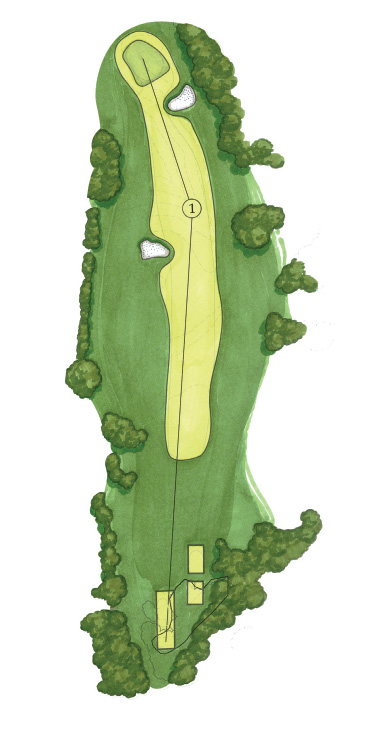
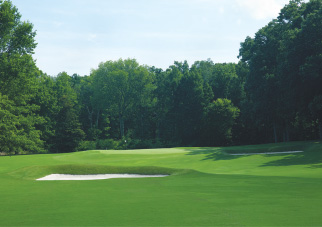
One of the best holes ever designed by Donald Ross. The tee shot will require a slight fade over the middle of three diagonal cross bunkers to set up the shortest and best line into a green that’s well-protected on the right by a creek. Approach shots should favor the left side of the green, which leans hard right toward the creek.
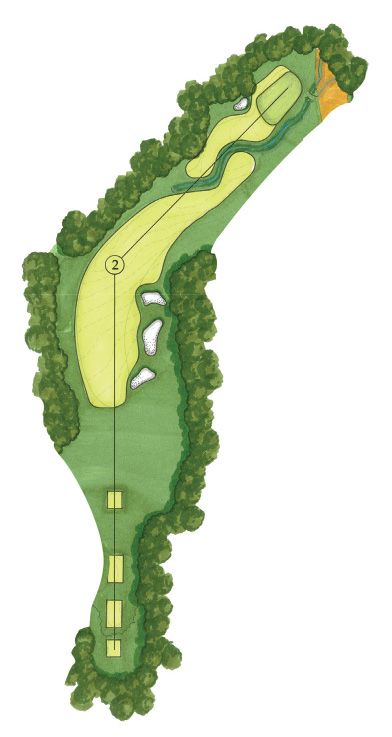
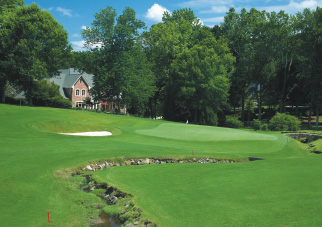
This mid-length par three hole is generally played into the prevailing wind and contains three of the deepest bunkers on the course, short and right. The large, somewhat subtle green narrows the deeper into the green one plays. Long and left is a very difficult up and down, with the green sloping away from the player.
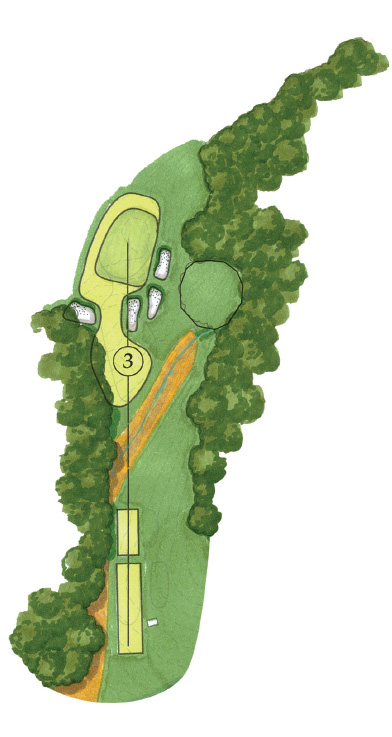
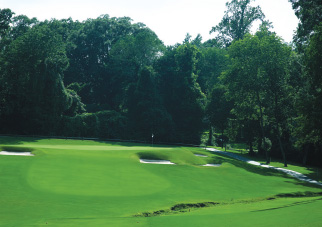
A blind tee shot to a left-to-right sloping fairway awaits the player on this hole. The best line favors the left side, allowing for considerable roll to the right. The bunkerless green is one of the most undulating and demanding on the course, requiring a very precise approach to get it close for a birdie attempt.
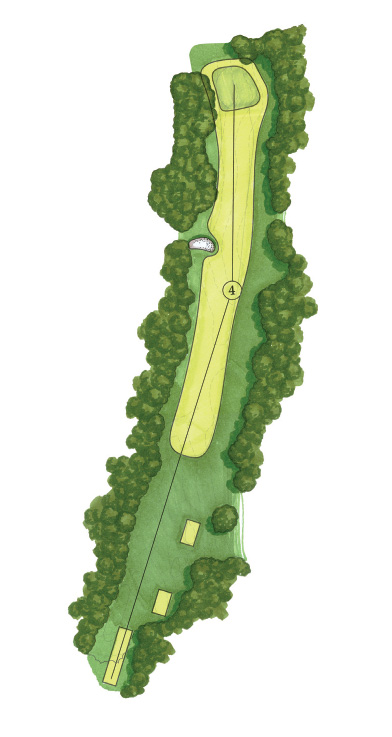
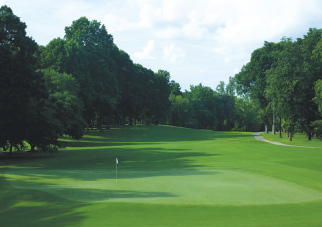
The first par five of the course is easily reachable in two shots. However, a deep hollow running diagonally across the putting surface will make getting up and down for birdie a challenge. The key to this hole is finding a level lie in the well-undulating fairway. Any shot hit short of this green will roll well back down the fairway.
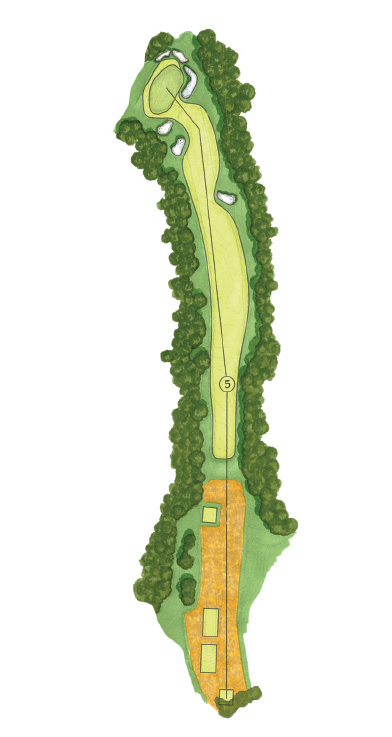
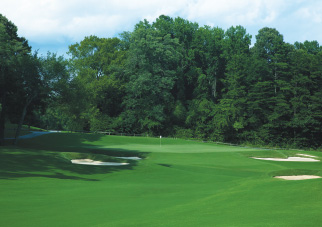
A dramatically downhill tee shot to a fairway crossed by a creek at 280 yards calls for a fairway metal or long iron. Those players who position the ball left of center nearest the creek will be rewarded with the best angle into this front-sloping green. The most difficult hole location is back right, behind a large rolling mound.
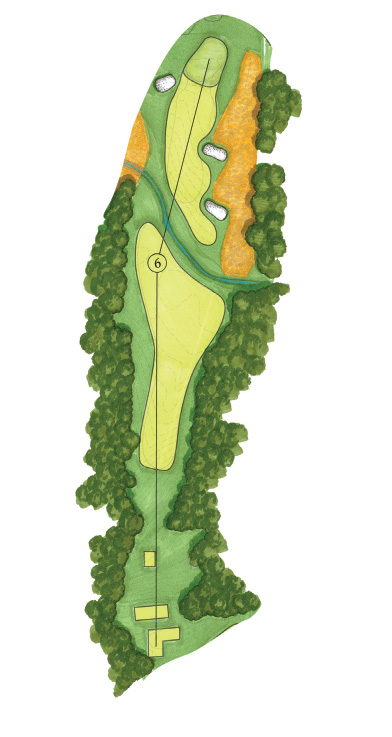
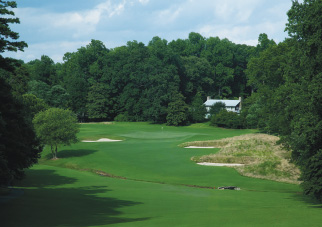
On this long par three, the green is guarded on three sides by a deep creek and features a soft punch bowl green with very difficult hole locations in the corners. Par is a great score on this demanding hole.
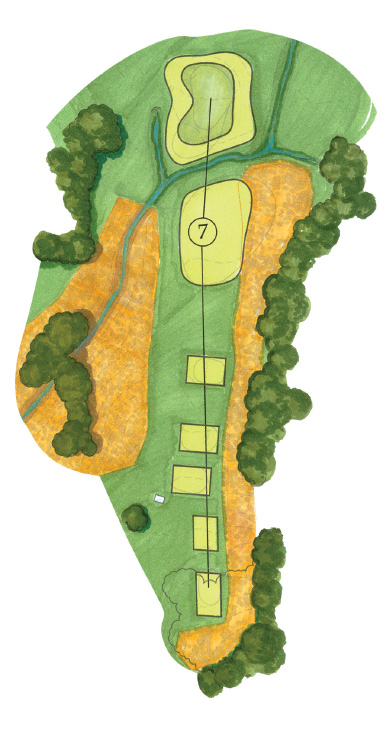
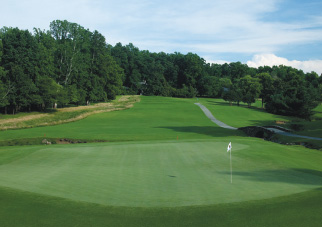
A definite birdie opportunity for the player who plays right of the creek near the two fairway bunkers. The big hitters can go for this green, but long is no place to be. Sam Snead played short and left of the creek en route to his eighth win in 1965.
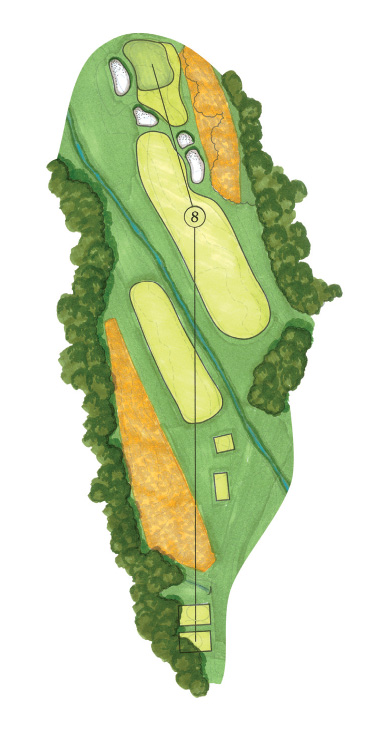
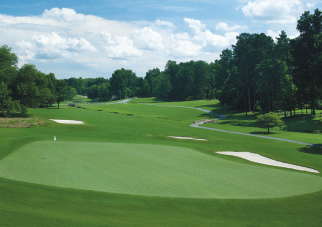
A left-to-right tee shot near the deep fairway bunker 275 yards from the tee is preferred on this hole. A properly struck tee shot will find the bottom of the saddled fairway and allow an aggressive approach into this scalloped- edge green set below the backdrop of the Sedgefield clubhouse. Hitting long of this severely sloping and undulating green will all but eliminate an up and down for par.
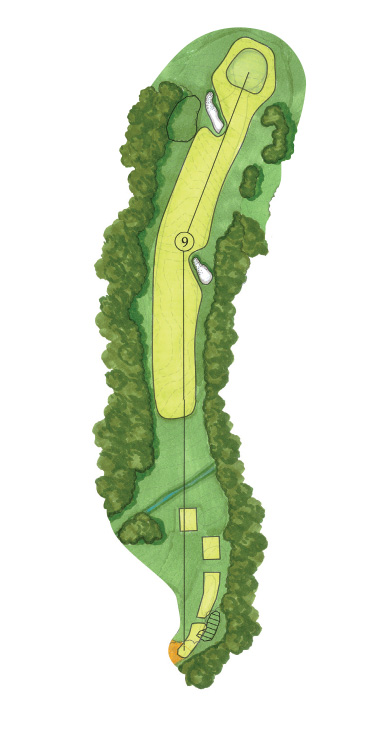
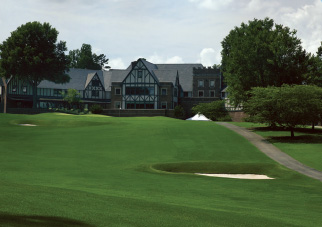
The first of several long par fours on the back side requires a well-struck tee shot positioned near the fairway bunker on the left. The most severe green on the course awaits the approach shot. Distance control into this green is of the utmost importance, as going long leaves little chance for recovery.
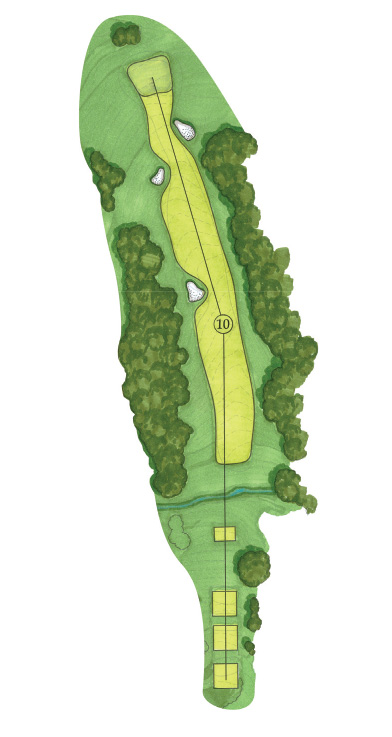
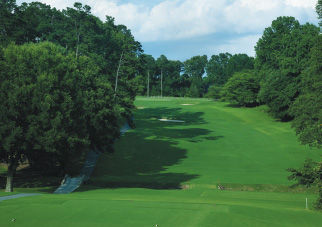
The proper line for this tee shot is the bunker seen in the distance short and right of the green. The severely canted fairway will kick a right-to-left tee shot into the left- hand rough. The approach shot into this green is deceptive and can be bounced in by landing a long to middle iron just over the approach bunker 25 yards short and right of the green.
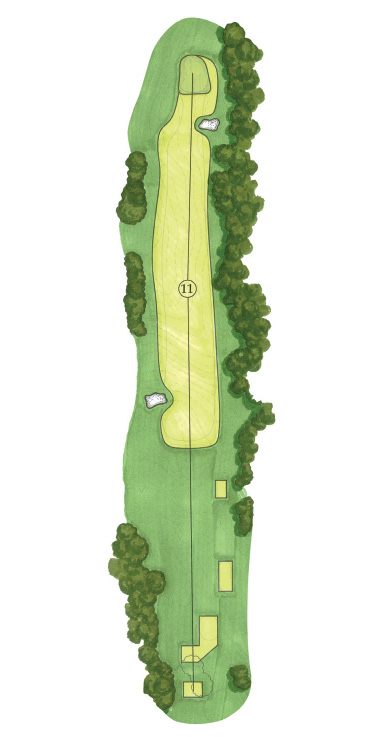
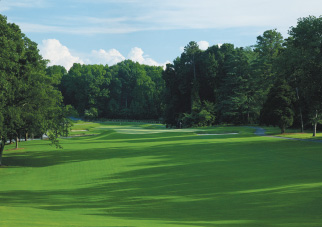
The longest par three on the course will require a very precise approach into a dramatic two-tier green cut into the face of a hill. Anything short will roll well back from the green and require a difficult up and down. Dead center of this green is the preferred line and will give the player the best chance of escaping with a par or occasional birdie.
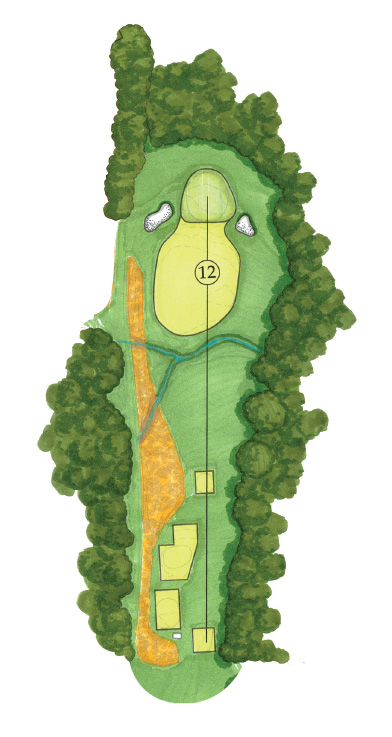
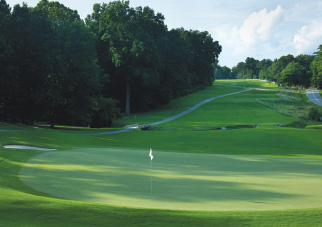
The 13th hole is one of the most strategic holes on the course. The left side of the landing area funnels into the left rough, leaving a blind approach over two cross bunkers. The smart play is along the right side, providing an open view and short iron into this highly undulating green.
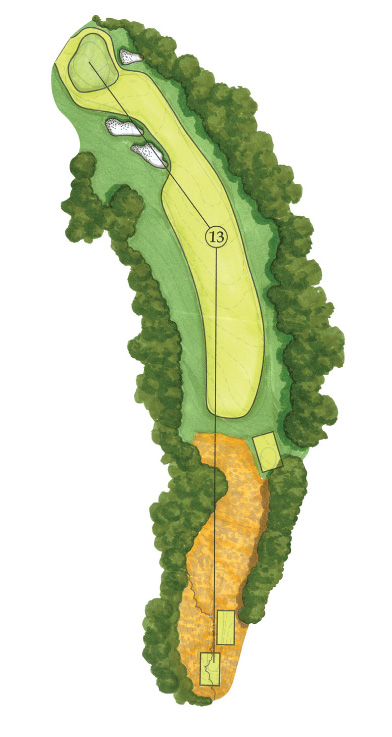
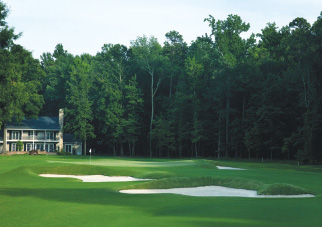
This very difficult and demanding long par four requires a right-to-left tee shot over the fairway bunker at 275 yards. Two center- line bunkers create a deceptive approach into this “skyline” green. The green is the largest on the course and probably one of the most difficult to putt due to its severe slope from back right to front left.
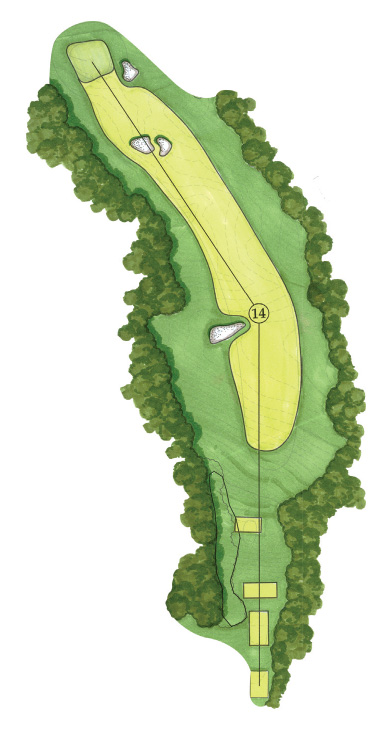
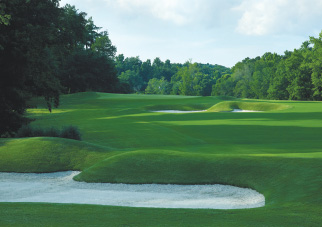
The ideal tee shot to this reachable par five is directly at the fairway bunker. The downhill tee shot must avoid the “sheeps” fescue grass to the right and just over the bunker. Deep bunkers surround this undulating green. The far back right corner pin is the most difficult location, especially if going for the green in two.
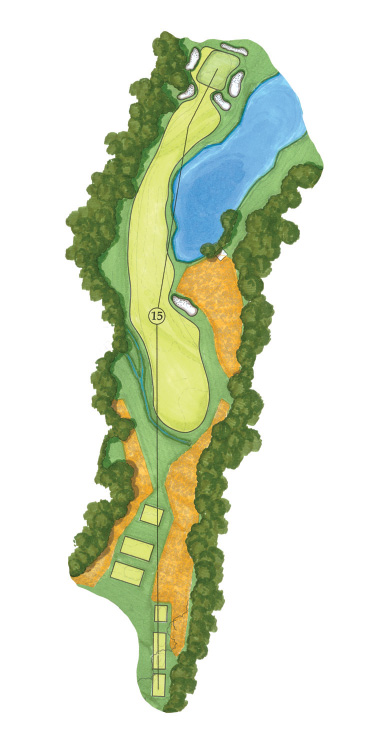
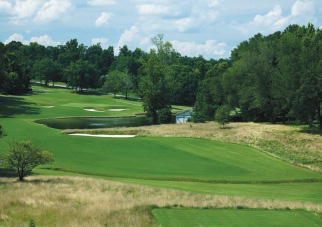
This short par three will provide the player an opportunity to be aggressive. However, the horseshoe-shaped green will wreak havoc on misplayed tee shots and chips from around the green. Two four-foot-deep pot bunkers guarding the green require a demanding short iron approach.
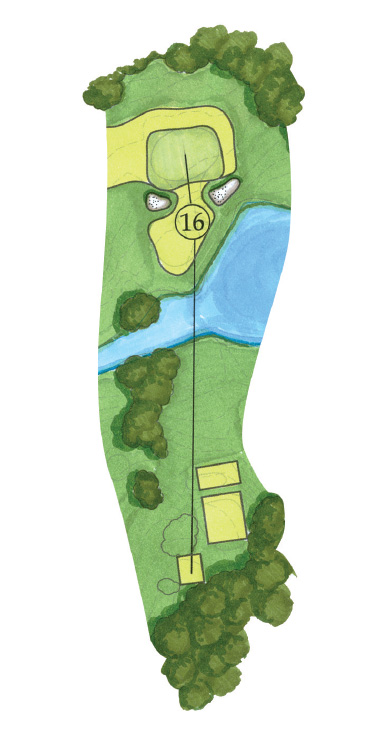
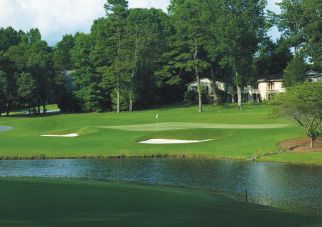
One of the most beautiful holes in North Carolina. This deep, saddled fairway meanders up an old creek bed filled in by Ross. A short iron approach into the smallest green on the course is compounded by the difficulty of finding a level lie in the fairway. A natural ampitheatre surrounds the green, making it
a great place to view an exciting finish.
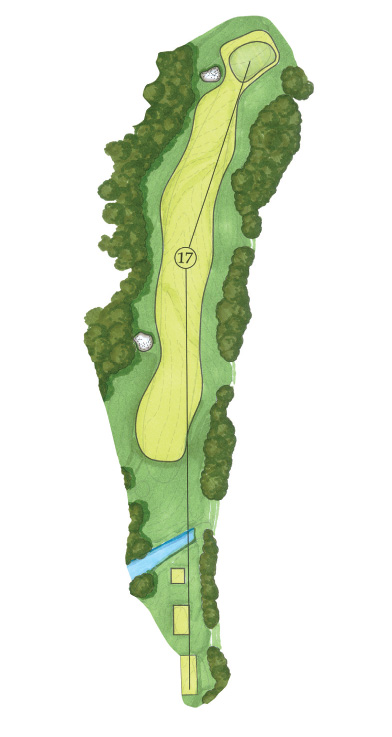
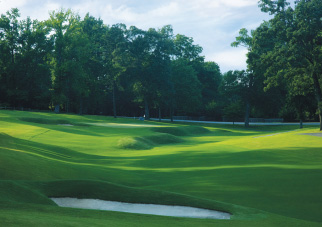
This members’ par five converted to a long par four will be the most difficult on the course. A tee shot to the crest of the downhill-sloping fairway leaves an uphill long iron or fairway metal into this severely undulating hilltop green. The most difficult hole location is atop a large roll in the back right corner of the green. Birdies from this location will be difficult.
